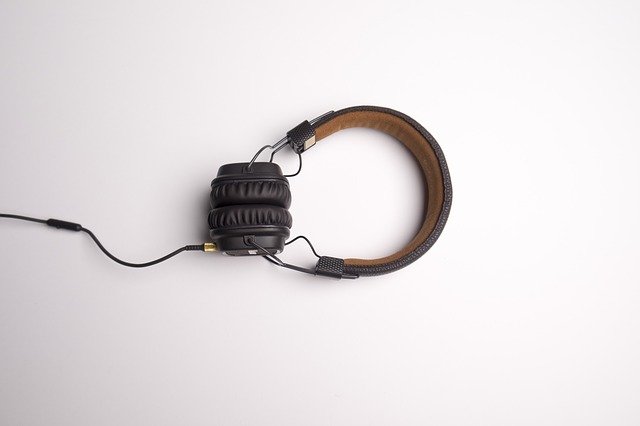 Approximately one in five Americans are deal with some type of hearing loss. Often unavoidable due to the natural process of aging, hearing loss can also result from exposure to loud noises over time.
Approximately one in five Americans are deal with some type of hearing loss. Often unavoidable due to the natural process of aging, hearing loss can also result from exposure to loud noises over time.
Types of Hearing Loss
The two most common types of hearing loss are sensorineural and conductive.
Sensorineural
Sensorineural—Also called nerve deafness, this is the most common type of hearing loss, affecting one out of five people by age 55. It usually comes on gradually, but rarely results in complete deafness. People who have this type of hearing loss can hear speech but often have difficulty understanding it, especially with background noise.
There are a range of causes for sensorineural hearing loss, including:
- Exposure to loud or persistent noise
- Meniere’s disease (an abnormality of the inner ear)
- Meningitis, or viruses such as mumps or measles
- Heredity or birth defects
- Head injuries
- Blows to the ear
- Circulatory problems
- Allergic and metabolic defects
Sensorineural hearing loss is irreversible but can usually be helped with the use of hearing aids.
Conductive
Conductive—This occurs when the ossicles, the three tiny bones of the ear, fail to conduct sound to the cochlea, or inner ear. It can also occur when the eardrum fails to vibrate in response to sound because of a mechanical problem, such as fluid in the ear or disruption of the ossicles.
There are several causes of conductive hearing loss, including:
- Infection
- A buildup of earwax
- Fluid in the middle ear
- A punctured eardrum
People with conductive hearing loss can be treated successfully with medicine or surgery, as well as with hearing instruments. Some people have both sensorineural and conductive hearing loss; these people can be treated with hearing aids as well.
Some other conditions that cause hearing loss or adversely affect people’s hearing are:
- Presbycusis—This is hearing loss due to normal aging, and therefore most common for elderly people. It is caused as hair cells become old and brittle or are destroyed. Presbycusis is generally a type of sensorineural hearing loss but sometimes can be a conductive hearing loss.
- Tinnitus—Also known as “ringing in the ears,” it is the sensation of sound that does not exist. About one third of all adults experience tinnitus at some point, and 15 percent of adults require medical evaluation for their tinnitus. It can be caused by a number of factors including earwax buildup, eardrum perforation and ear infections.
Risk Factors and Symptoms
Hearing loss is often so gradual that it goes unnoticed by the sufferer and is discovered by family, friends or a routine hearing test. The following symptoms may indicate hearing loss:
- Nervous tension, irritability or fatigue from the effort to hear
- The belief that people are mumbling or not speaking clearly
- Straining to understand conversations in social settings or at work
- Frequently misunderstanding or needing to have things repeated
- Watching people’s faces intently when listening
- Increasing television or radio volume to the point where others complain
- Recurrent ear infections, constant ear ringing or dizziness
Some people have an increased risk of experiencing hearing loss, such as:
- Those with a family history of hearing loss
- People with diabetes, or heart, thyroid or circulation problems
- Those who are exposed to high noise levels from things like tractors, factory machinery, firearms or power tools, without proper ear protection
Hearing Aids
A hearing aid is an electronic, battery-operated device that amplifies and changes sound to allow for improved communication.
There are three basic types of hearing aids:
- In-the-ear (ITE) hearing aids fit completely in the outer ear and are used for mild to severe hearing loss, but are not usually worn by children because the casings need to be replaced as the ear grows.
- Behind-the-ear (BTE) hearing aids are worn behind the ear and connected to a plastic earmold that fits inside the outer ear. BTE aids are used by people of all ages for mild to profound hearing loss.
- Canal aids fit into the ear canal and are available in two sizes. The In-the-canal (ITC) hearing aid is customized to fit the size and shape of the ear canal and is used for mild or moderately severe hearing loss. A Completely-in-canal (CIC) aid is largely concealed in the ear canal and is also used for mild to moderately severe hearing loss.
Protecting Your Hearing
It is difficult to protect yourself from hearing loss due to aging or certain other conditions. However, it is possible to protect yourself from noise-induced hearing loss. Be aware of the sounds that can be dangerous to your ears and take steps to avoid or reduce them.
- Keep the volume turned down on your stereo, phone and television.
- Make sure the noise in your workplace does not exceed federal regulations.
- Wear earplugs with at least 20 decibels of protection when you are exposed to loud noises.
- Regular hearing tests can alert you to hearing loss as soon as it starts, allowing you to enact preventative measures.